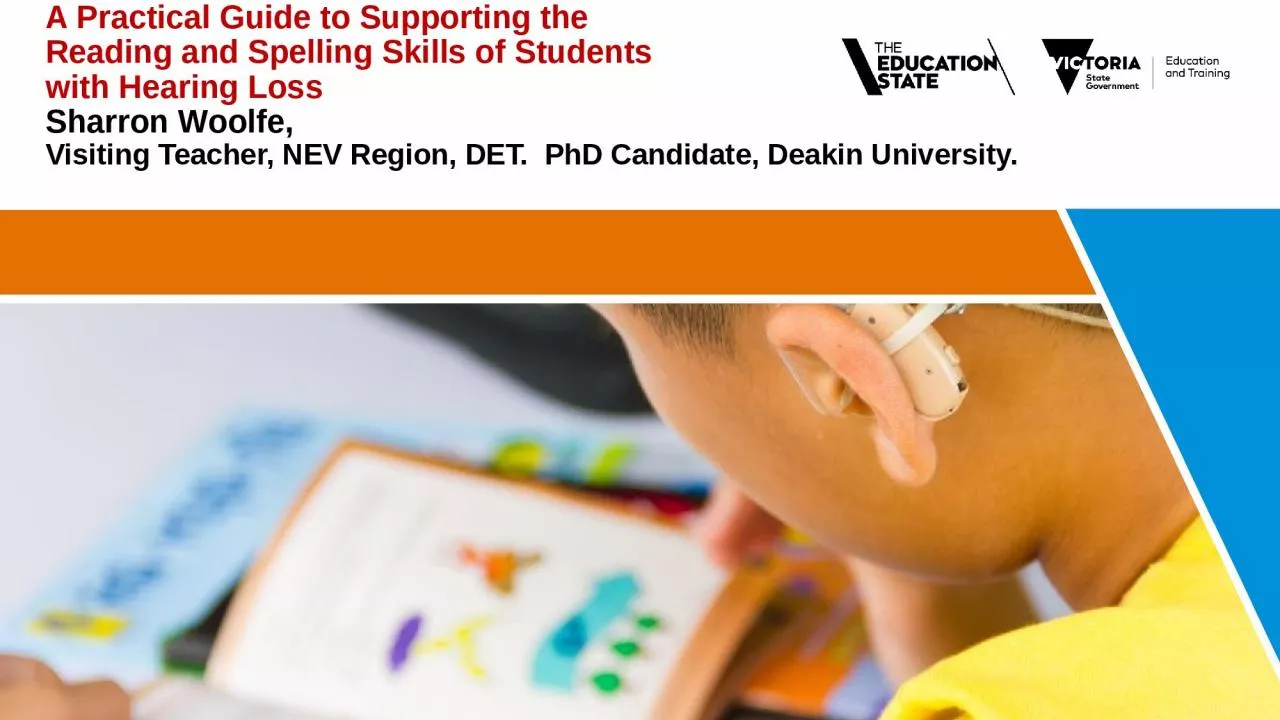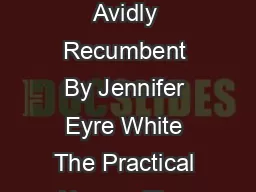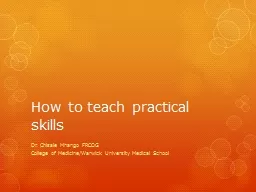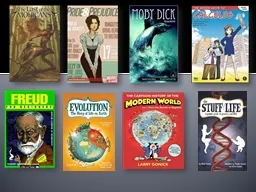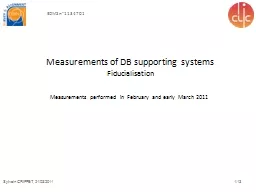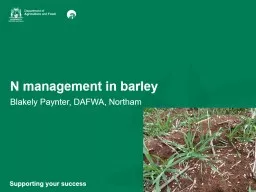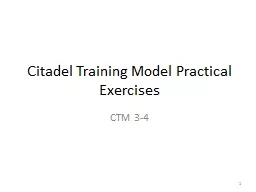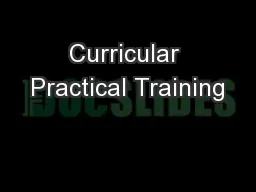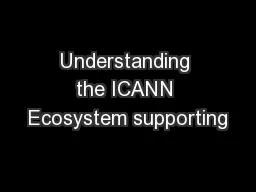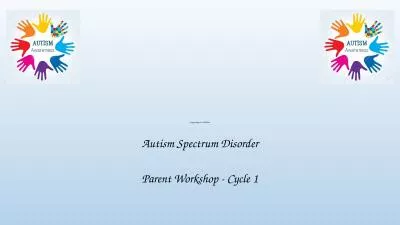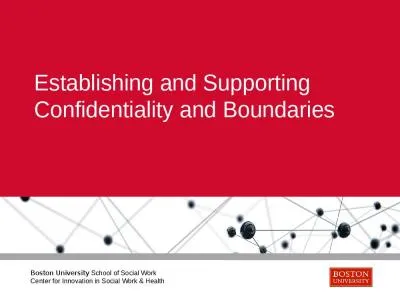PPT-A Practical Guide to Supporting the
Author : SweetMelody | Published Date : 2022-07-27
Reading and Spelling Skills of Students with Hearing Loss Sharron Woolfe Visiting Teacher NEV Region DET PhD Candidate Deakin University An overview of skills required
Presentation Embed Code
Download Presentation
Download Presentation The PPT/PDF document "A Practical Guide to Supporting the" is the property of its rightful owner. Permission is granted to download and print the materials on this website for personal, non-commercial use only, and to display it on your personal computer provided you do not modify the materials and that you retain all copyright notices contained in the materials. By downloading content from our website, you accept the terms of this agreement.
A Practical Guide to Supporting the: Transcript
Download Rules Of Document
"A Practical Guide to Supporting the"The content belongs to its owner. You may download and print it for personal use, without modification, and keep all copyright notices. By downloading, you agree to these terms.
Related Documents

